The development of City Park has entered a new phase. The rehabilitation and enrichment of greens over tens of thousands of square metres is underway, announced László Baán, Ministerial Commissioner for the Liget Budapest Project. The park's historical entrance, the Rondó, will be recreated, and the popular Városligeti Promenade between the Kunsthalle and Museum Parking Garage will be expanded with a new section. The surroundings of the Museum of Ethnography and the House of Hungarian Music will be landscaped.
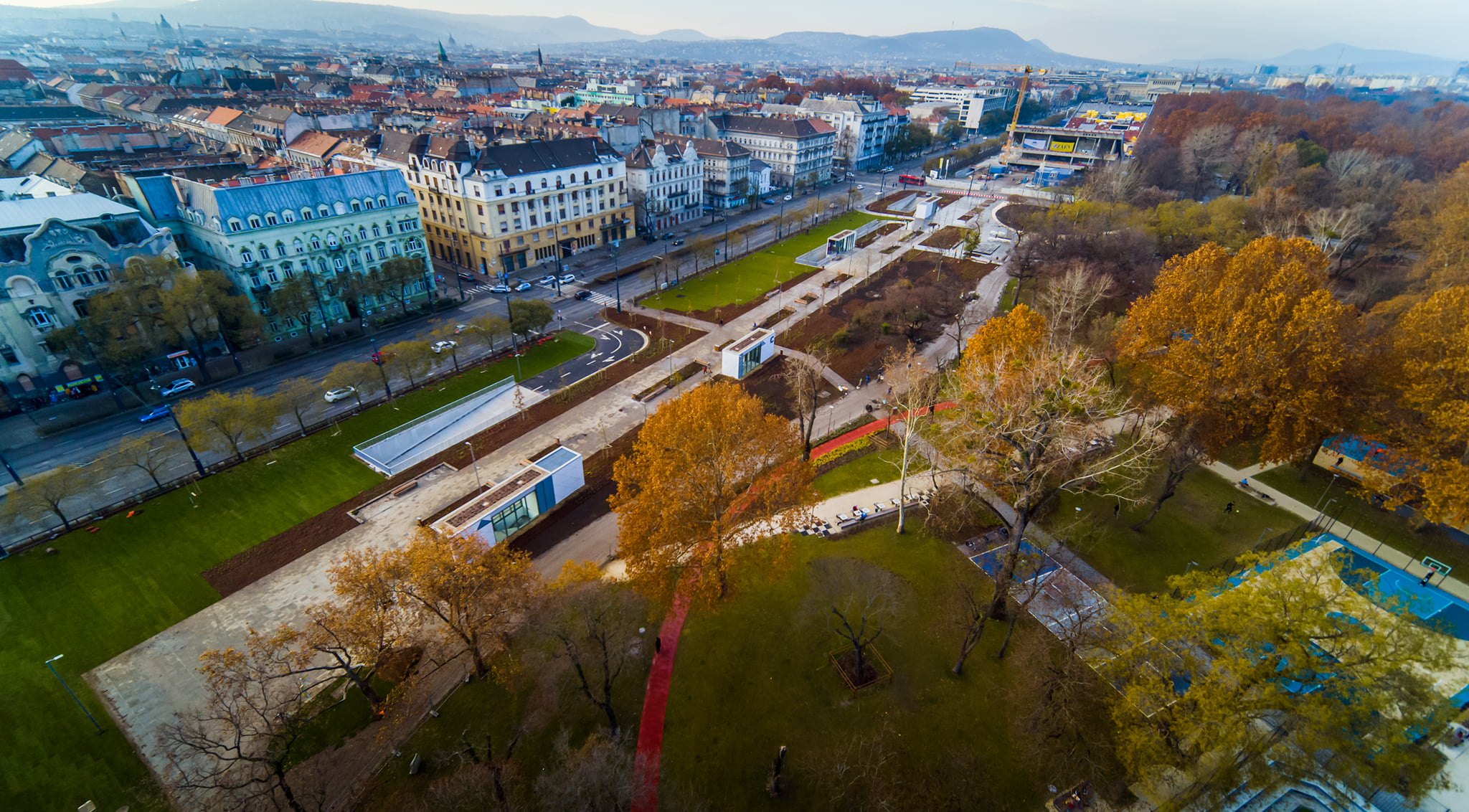
Promenade above Museum Parking Garage (Photo: Városliget Zrt.)
The former headquarters of Főkert will be torn down, and its area landscaped. A popular attraction will also return to the park: hot air balloons. Nearly eighty thousand square metres of the park will be renewed, and 200 new deciduous trees will be planted by spring 2022, claimed the Ministerial Commissioner.
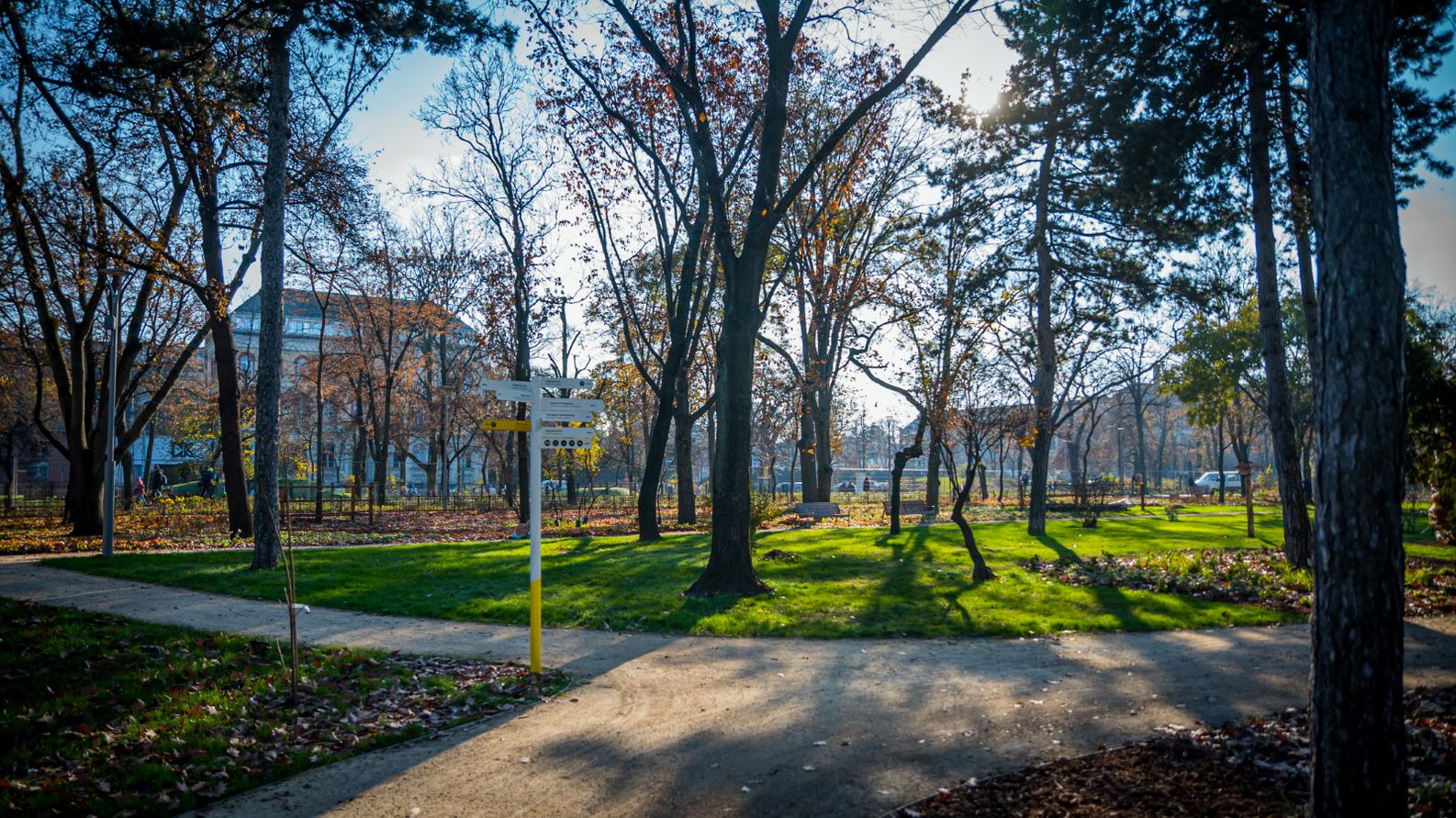
Park renovation continues (Photo: Városliget Zrt.)
In the third phase of the development of City Park in the framework of the Liget Budapest Project, the area occupied by the former Hungexpo office buildings will once again be opened to the public. László Baán said that parks reminiscent of the original designs of City Park, creating egg-shaped greens, will be created in the area. The Ministerial Commissioner emphasized that this would open thousands of square metres of previously closed or non-existent green spaces to visitors. The re-landscaped area will also include a Music Adventure Garden, which will be a popular destination for families visiting the Hungarian House of Music.
According to the announcement, the current phase will also affect the park connecting the House of Hungarian Music and the new Museum of Ethnography.
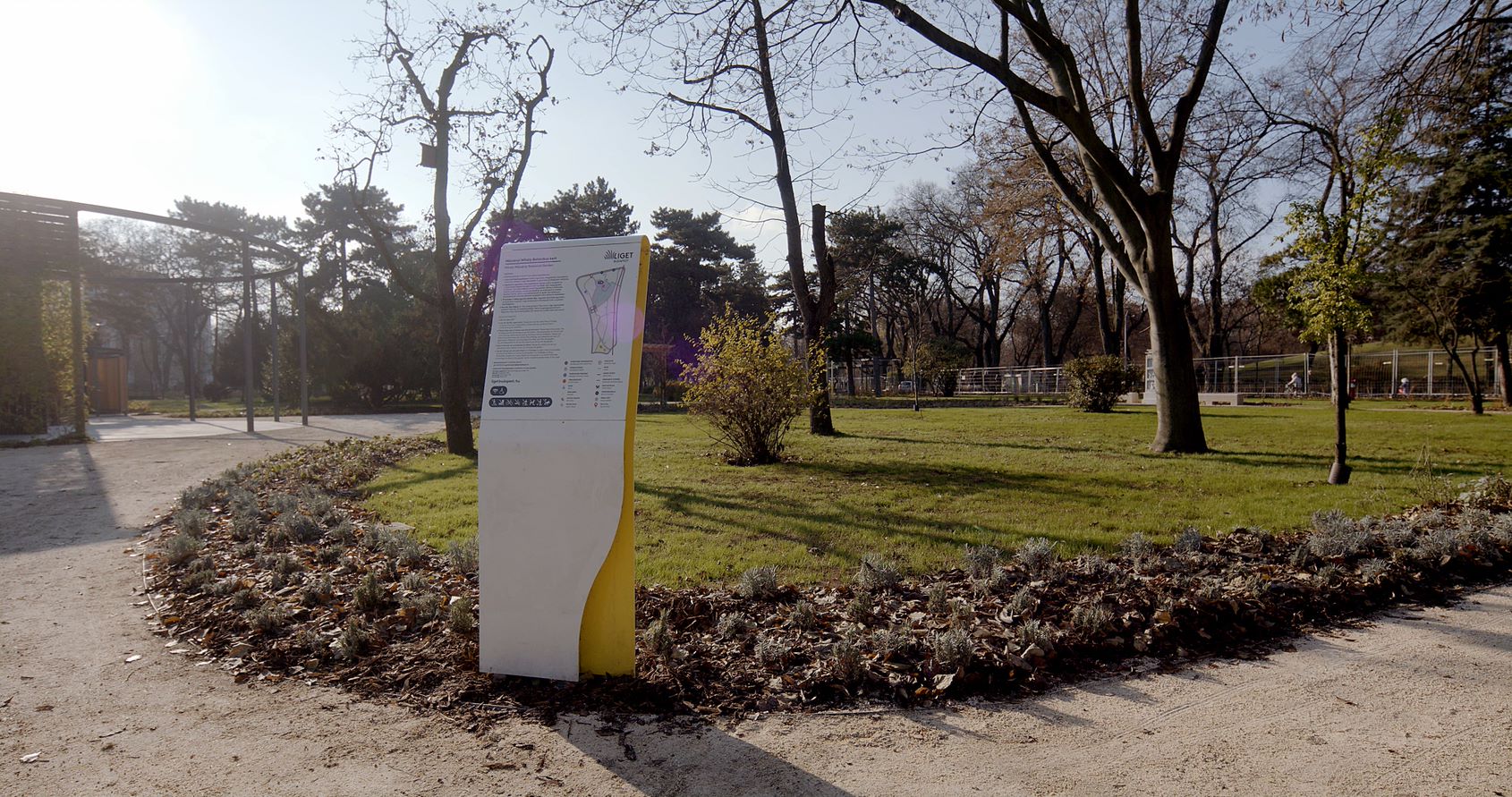
The Mőcsényi Mihály Botanical Garden (Photo: Városliget Zrt.)
The rehabilitation of the area is also of historical significance. The plans for the reconstruction are based on the original 19th-century designs made by Heinrich Nebbien. As a result, one of the most impressive and popular parts of Városliget, the area between the Museum of Ethnography and the Olof Palme Promenade, is recovering and expanding its vegetation and green areas, including the historic main entrance of the park, the Rondó – emphasized László Baán.
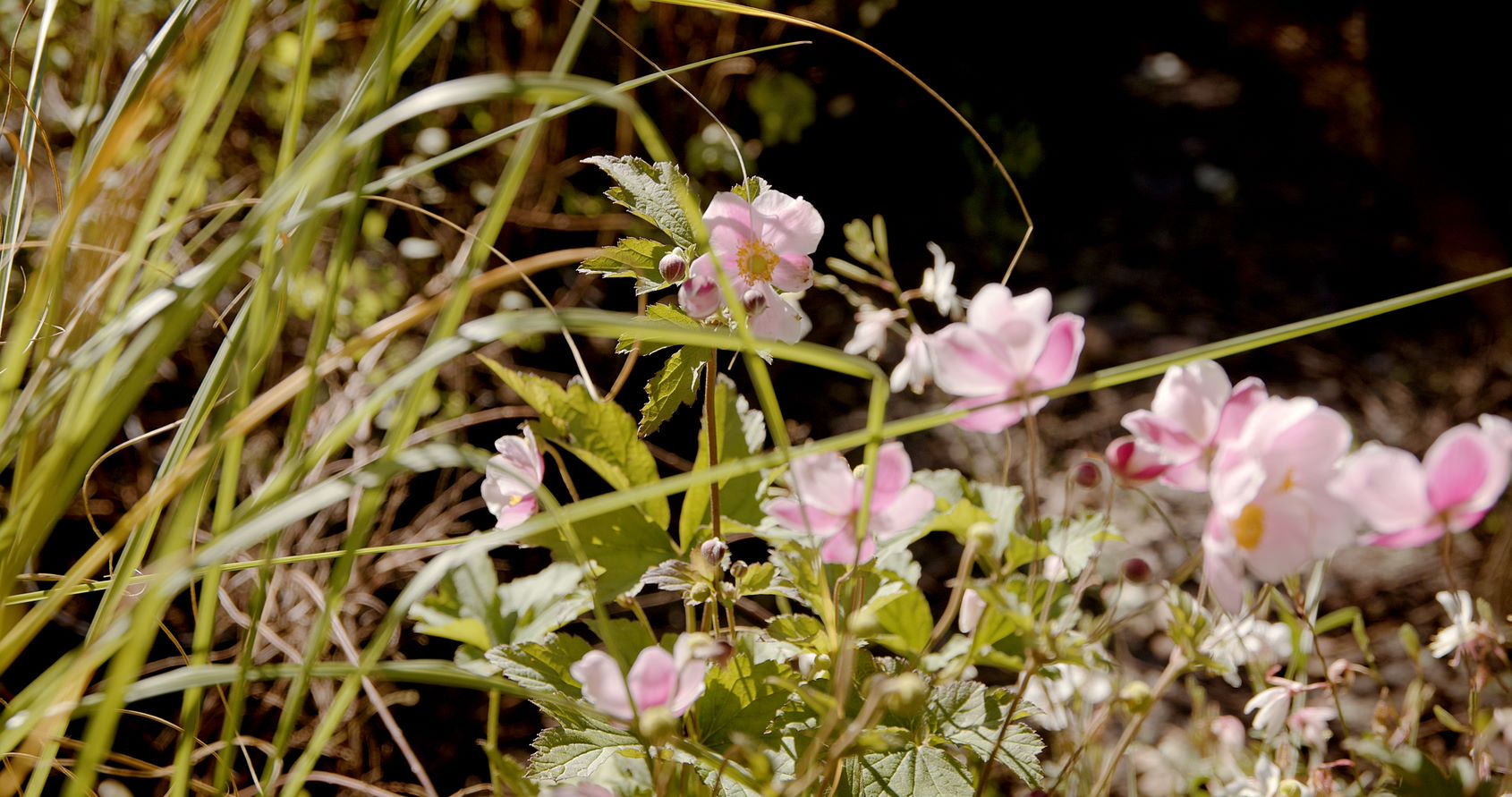
Tens of thousands of shrubs and perennials are to be planted (Photo: Városliget Zrt.)
The Minister also announced that unreasonably wide concrete pavements, some of which are as wide as motorways, will be broken up and landscaped, creating cosy promenades. The eastern section of the Olof Palme Promenade's conversion is a good example: the 14-metre-wide pavement has already been reduced to 6 metres, creating nearly 5,000 square meters of new green.
György Szloszjár, head of Garten Studio, which created the plans for the landscaping of the City Park, said that his team undertook the task of creating the complex family-friendly cultural and leisure park within the Liget Budapest Project while seeking to restore and preserve the park's original visionary plans by Henrik Nebbien. The park, built based on the plan composed by the winner of the design competition with unparalleled precision, still preserves the original concept's essential elements in its structure. “We are determined to strengthen this character by continuing to renew the park and restore City Park to its former glory."
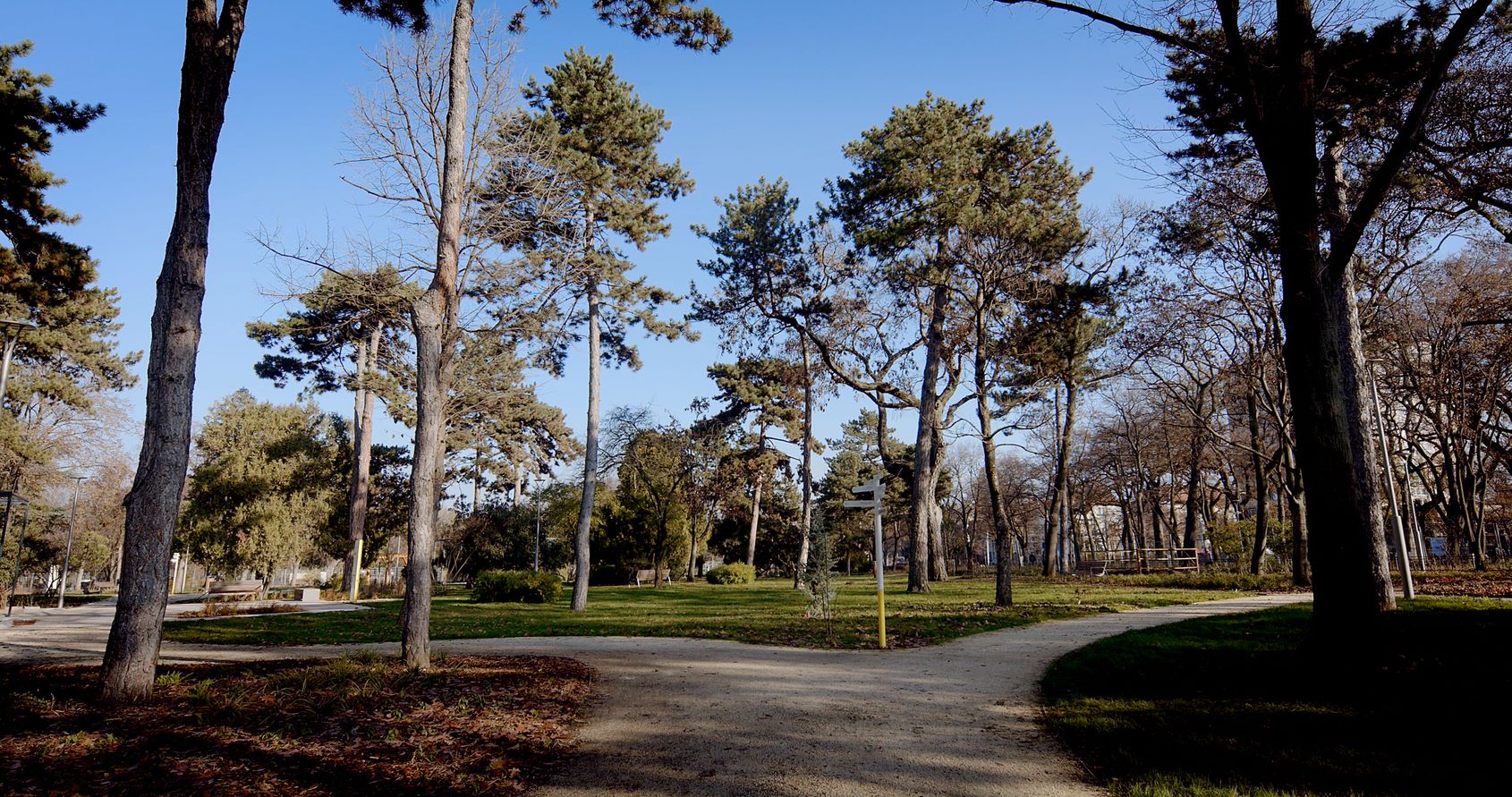
Cosy promenades are being built to replace cracked concrete (Photo: Városliget Zrt.)
The construction of Városligeti Promenade will also continue. The first section of the pathway can be seen above the Museum Parking Garage and was opened in December 2020. With the new section's construction, which is still underway – between the Museum of Ethnography and the Kunsthalle – a part of the former Parade Square will be transformed into a charming promenade, with comfortable street furniture and evening lighting. The roof of the iconic new building of the Museum of Ethnography will also be a freely walkable area.
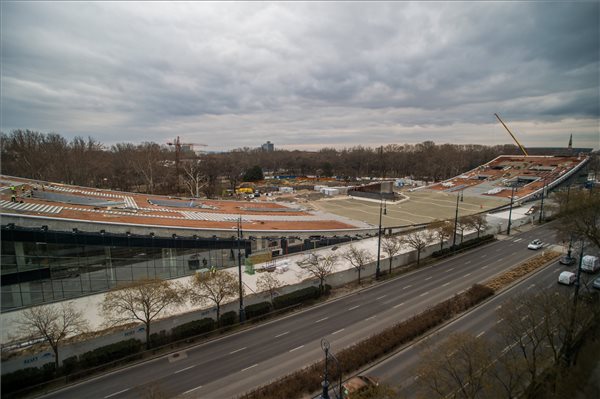
The roof of the Museum of Ethnography will also be walkable (Photo: MTI / Zoltán Balogh)
The last old, dilapidated buildings in City Park are being torn down in the current phase of the project, opening up a further 1.500 square metres to the public.
Since 2014, the plans of the Liget Budapest Project have included the restoration of a popular pastime: hot air ballooning. The balloon, which serves as a lookout, will be located on the artificial mound known as Mimóza Hill (east of the intersection of Hermina Road and Kós Károly Promenade), where the entire green is renewed.
During the city park development, nearly 150,000 square metres of green space have been renewed already. In total, 72,000 square metres of paving has been removed, nearly five hundred deciduous trees, more than 70,000 shrubs, and almost 140,000 perennials have been planted. As a result of the Liget Project, the green areas of the park will increase to a ratio of 65% from the previous 60%.
Source: Városliget Zrt. | Abridged in translation.
Cover photo: The renovation of City Park continues (Photo: Városliget Zrt.)

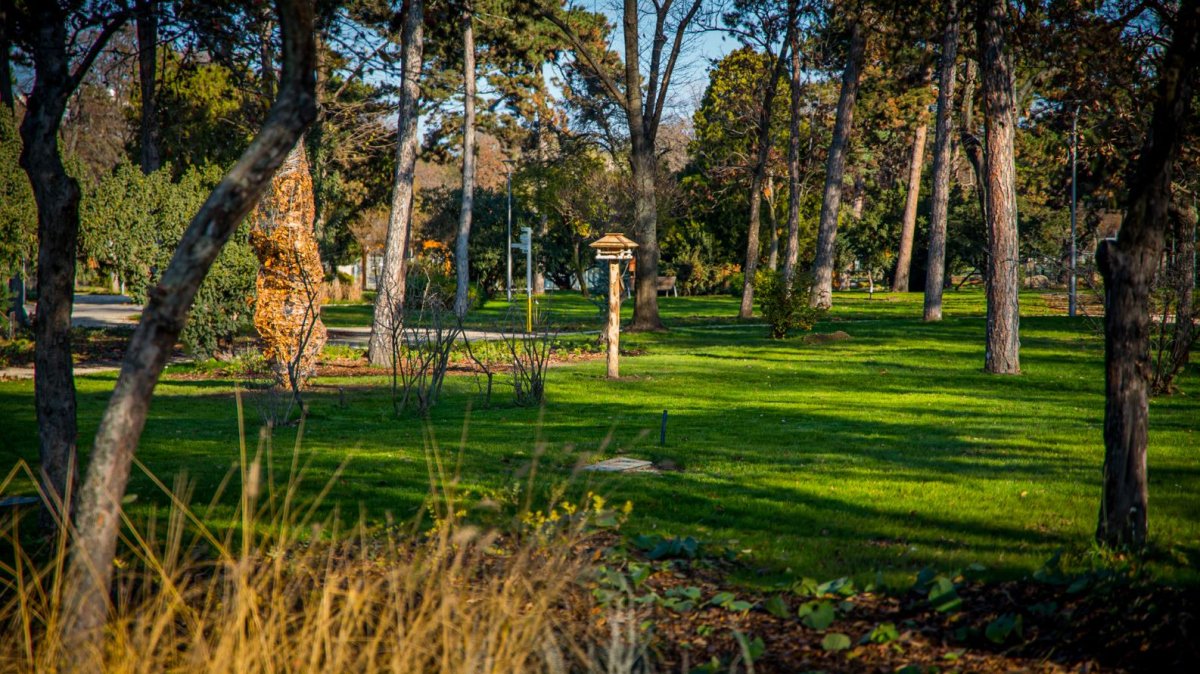




































Hozzászólások
Log in or register to comment!
Login Registration